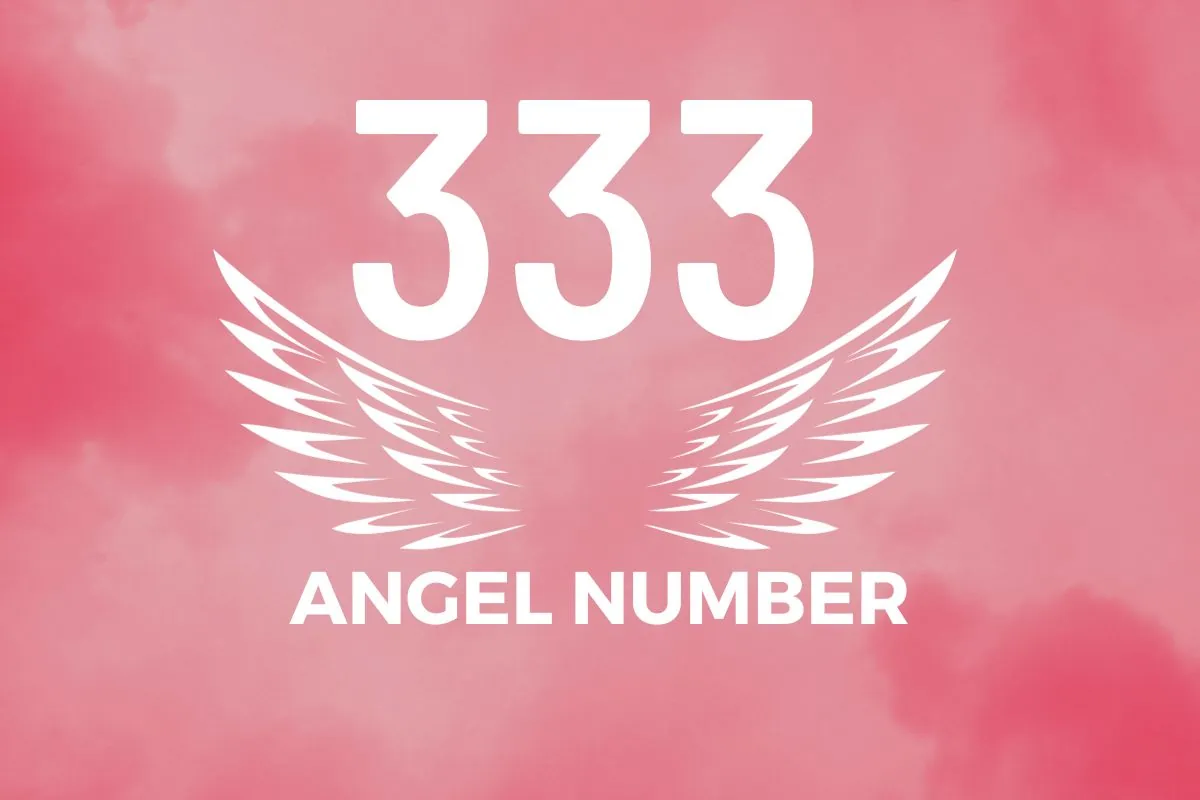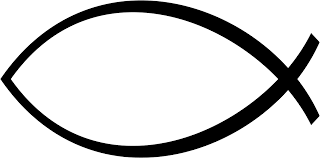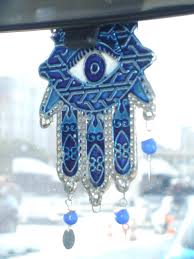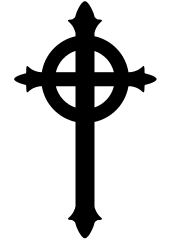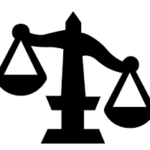
Judgement symbol
| Symbol | Judgement |
| Religion | Various religious contexts |
| Origin | Rooted in the principles of Freemasonry, the symbol of judgement reflects the fraternity's commitment to moral discernment and ethical decision-making. |
| Meaning | The symbol of judgement embodies the importance of evaluating actions and choices against moral and ethical standards, emphasizing the responsibility of Freemasons to uphold integrity and virtue in their conduct. |
| Appearance | The symbol of judgement may vary but often incorporates elements such as scales, representing the balance of justice, and symbols of wisdom, such as the eye of providence or the square and compasses. |
| Colors | Traditional Masonic colors such as blue, representing fidelity and loyalty, and white, symbolizing purity and truth, may be used in depictions of the judgement symbol. |
| Usage | Freemasons may employ the symbol of judgement in rituals, teachings, and artwork to underscore the importance of ethical judgment and accountability within the fraternity. |
| History | The concept of judgement has deep roots in Freemasonry, dating back to its origins in the medieval stonemason guilds and the incorporation of moral lessons into their practices. Throughout history, Freemasons have emphasized the importance of moral discernment and accountability. |
| Popularity | The symbol of judgement holds significant importance within Freemasonry, serving as a foundational principle in the fraternity's teachings and rituals. |
| Importance | Within Freemasonry, judgement is regarded as a fundamental virtue, guiding members in their interactions with others and their adherence to moral principles. |
| Complexity | The concept of judgement within Freemasonry is multifaceted, encompassing both personal moral discernment and the collective responsibility of the fraternity to uphold ethical standards. |
| Emotions | The symbol of judgement evokes feelings of responsibility, integrity, and the pursuit of moral righteousness among Freemasons, inspiring them to uphold high ethical standards in their lives and interactions. |
Judgement Symbol: A Balancing Act
The concept of “judgement symbol” can encompass various ideas and interpretations depending on the context. Here’s a brief summary exploring some common representations:
In the legal system:
- Gavel: The judge’s gavel signifies authority and finality in legal decisions.
- Scales of Justice: Representing fairness and impartiality, balanced scales symbolize weighing evidence and delivering just verdicts.
- Lady Justice: Blindfolded with scales and a sword, this Roman goddess personifies impartiality, fairness, and truth in legal proceedings.
Beyond law:
- Eye of Providence: Found in religious and secular contexts, this all-seeing eye represents divine judgement,omniscience, and moral guidance.
- Heart vs. Head: Often depicted as scales, this symbol contrasts emotions (heart) with logical thinking (head),reflecting the need for balanced judgement in various life decisions.
- Mirror: Symbolic of self-reflection and introspection, a mirror encourages internal judgement and personal accountability.
Remember, the specific meaning of a “judgement symbol” depends greatly on the context and cultural understanding.Consider the source and intended audience when interpreting its significance.
View rest of the Religious Symbols
-
444 angel number
-
333 angel number
-
222 Angel Number
-
Christianity
-
Catholic Fish
-
Hamsa Hand
-
Jesus Cross
-
Presbyterian
-
Meditation

